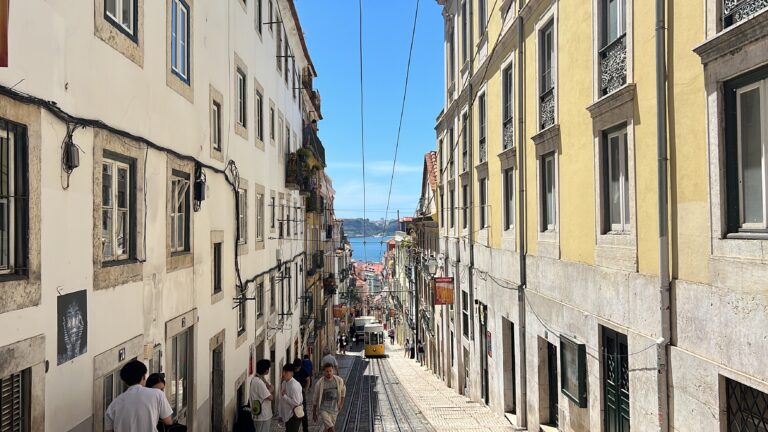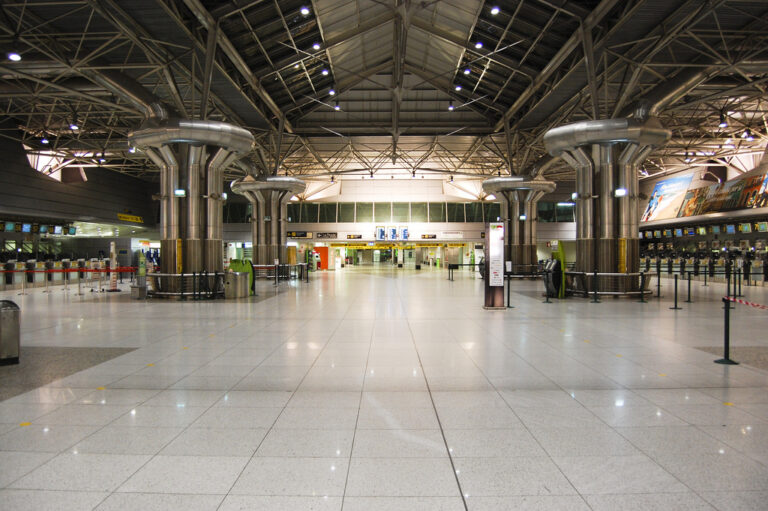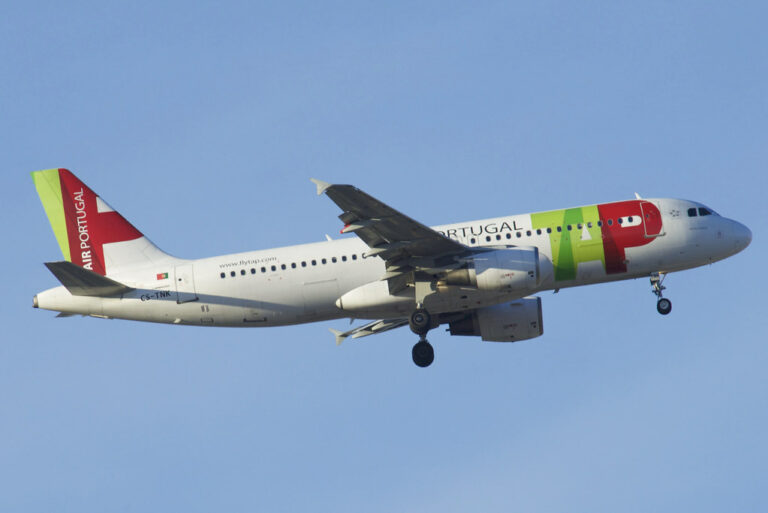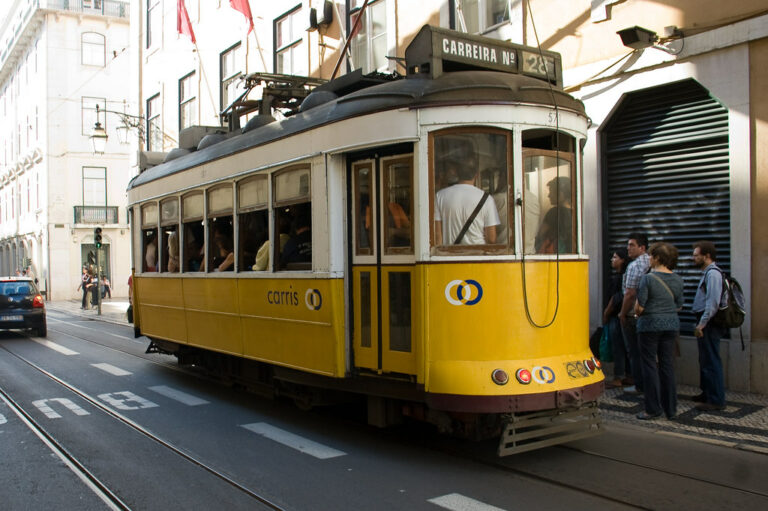Driving in Lisbon, the Portuguese capital, can be complete and utter chaos, especially around the city center in peak hours. This is true for most major European cities.
Sometimes, a car is still the most convenient option for you, though, especially if you are consistently going to travel longer distances.
It is relatively simple to procure a vehicle through a rental company if you have a valid license, but it is less so to navigate Lisbon’s narrow roads and tight bends. Let’s look at the details.
Preparing for Your Drive in Lisbon
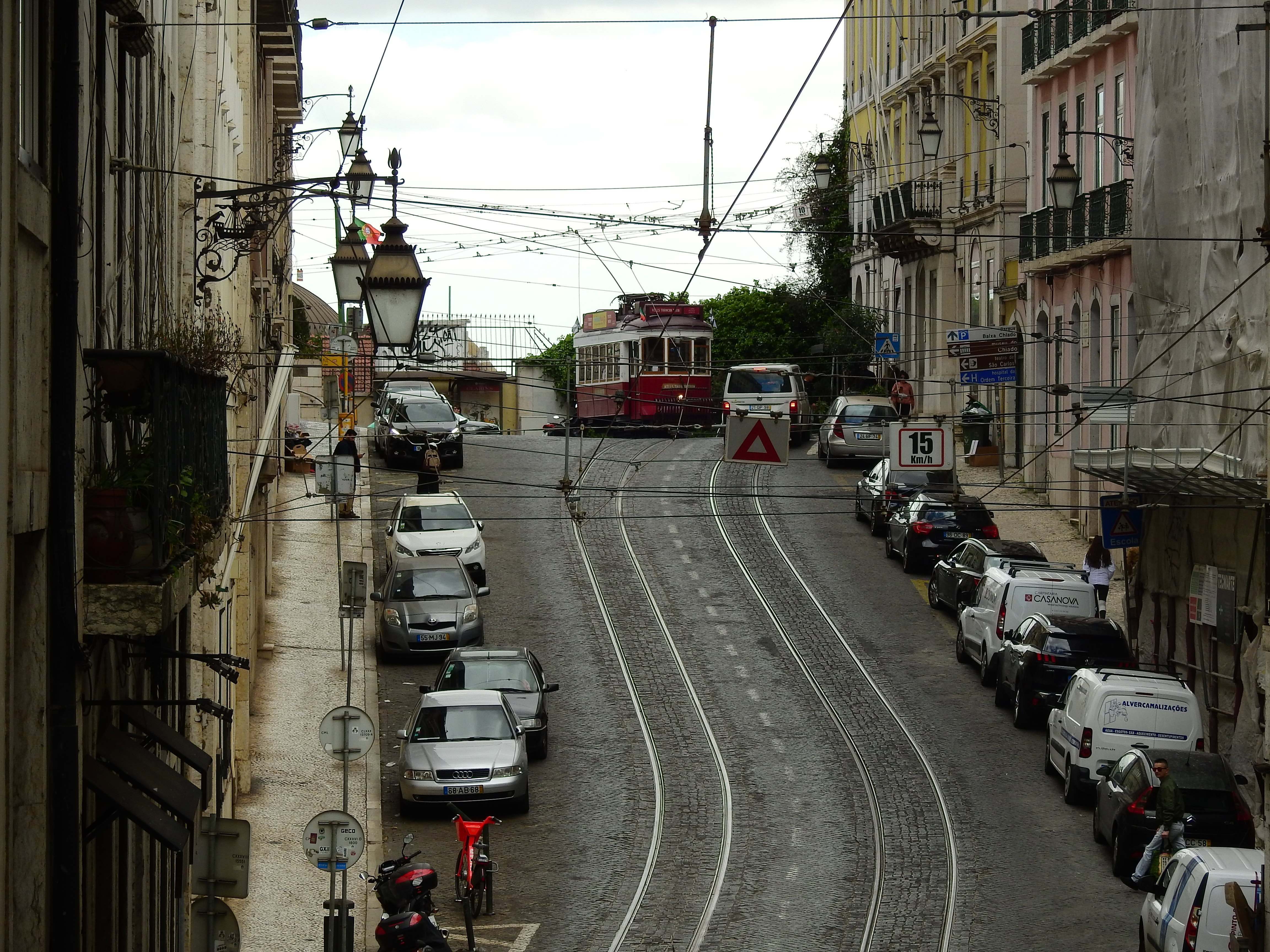
It’s always a good idea to brush up on the basics of another country’s regulations and processes before you get there.
But, outside of the basic laws, there are some specifics you’ll need to know.
Renting a Car in Lisbon
Renting a car in Lisbon can be intimidating if it is your first time doing so, but it is actually very simple. There are a few key points to keep in mind to make sure the process goes smoothly.
To rent a car in Lisbon, you’ll need a valid driver’s license, a credit card, and to be at least 21 years old. Some companies might have additional age requirements or fees if you are a younger driver.
First, locate a convenient rental car company. Most major car rental companies have a presence at the Lisbon Airport and throughout the city.
Compare rates and read reviews of different rental companies. You can also check out my article on budget car rentals in Lisbon.
You might be able to take advantage of your credit card rental coverage.
Otherwise, opt for a Collision Damage Waiver (CDW) and other flexible travel insurance options if nothing’s offered by your credit car company.
Essential Documents and Licenses
The necessary documents required for driving a rental car in Lisbon include your driver’s license, passport, and any rental agreements.
Americans, or those from the European Union, should be able to use their local license.
If your license is not in English or Portuguese, or if you aren’t from other European countries, you might need to get an International Driving Permit (IDP.)
Driving in Lisbon: What to Expect
There are a lot of things you need to be aware of, and just last, when I was in Lisbon in June, I witnessed an accident at Avenida da Liberdade, so be careful. Drive with caution.
Make sure to keep an eye on traffic lights, speed limits, and other Portuguese road signs that may influence the flow of traffic.
Traffic Conditions and Patterns

Lisbon’s traffic can be quite busy, like many larger towns. This is especially true during rush hours (8-10 AM and 5-7 PM).
The city’s narrow streets and numerous roundabouts can be challenging to navigate, but with patience and caution, you’ll get the hang of it.
I once rented a car to drive to the Algarve. We drove from the airport through the center a little before getting on Vasco da Gama to drive to Algarve.
It was quite an experience, although I could tell long before how chaotic the roads were.
People drive on the right-hand side of the road. If you aren’t used to this, it might be difficult to have an enjoyable driving experience. Watch the direction of traffic if you are unsure.
Be prepared for locals to honk frequently and make sudden maneuvers, which can be startling if you’re not used to it.
Also, be aware of potential issues that run rampant in most major cities, such as blind corners, people around you disregarding national speed limits, using mobile phones, and crossing solid white lines.
Planning On Going To Lisbon?
I’ve created a trip planner where you enter the number of days you’re going and what activities you want to do.
Based on your input, you then get an entire vacation planned with ideas.

Parking in Lisbon
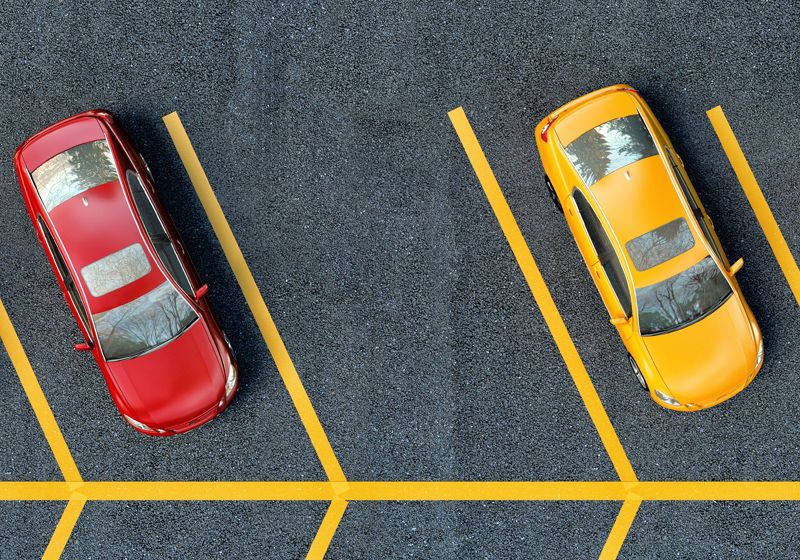
Parking in Lisbon can be a challenge, especially in the city center. There are several options for parking, including on-street parking and parking garages.
On-street parking is available but can be limited, especially on major roads. Pay attention to road signs indicating parking restrictions and fees.
Self-appointed parking ‘helpers’ might indicate open parking spots, but don’t rely on them.
Parking meters are common for roadside parking spaces, and you’ll need coins or a mobile app to pay.
For more secure parking, consider using parking garages and parking lots.
Be aware that prices for parking in garages or other secure parking facilities can vary significantly. Usually, parking facilities charge based on time.
Rates for parking spots are specified when paying (usually in 15-minute increments) and cap at either a two-hour limit or a four-hour limit.
If you’re unsure about the parking rules, it’s best to ask a local or use a parking app for guidance. You can check out my article on parking in Lisbon for more details on this process.
Here are the best things to do in Lisbon In September 2024
I’ll send you a list of the best things to do in September and every month moving forward from today.
It’ll be based on my personal experience of living and traveling around Lisbon for years. I’m sharing a lot of hidden gems. 🇵🇹
Top Driving Routes in and Around Lisbon
There are many wonderful drives that make a great day trip.
Scenic Drives Within Lisbon

Lisbon offers several scenic drives that showcase the city’s beauty. Consider driving along the waterfront or exploring the historic Lisbon districts of Alfama and Bairro Alto.
They have beautiful cobblestone streets and are often recommended by Lisbon destination experts.
Another beautiful route is the drive up to the Miradouro da Senhora do Monte for an enjoyable driving experience and stunning views of the city.
Best Day Trips by Car
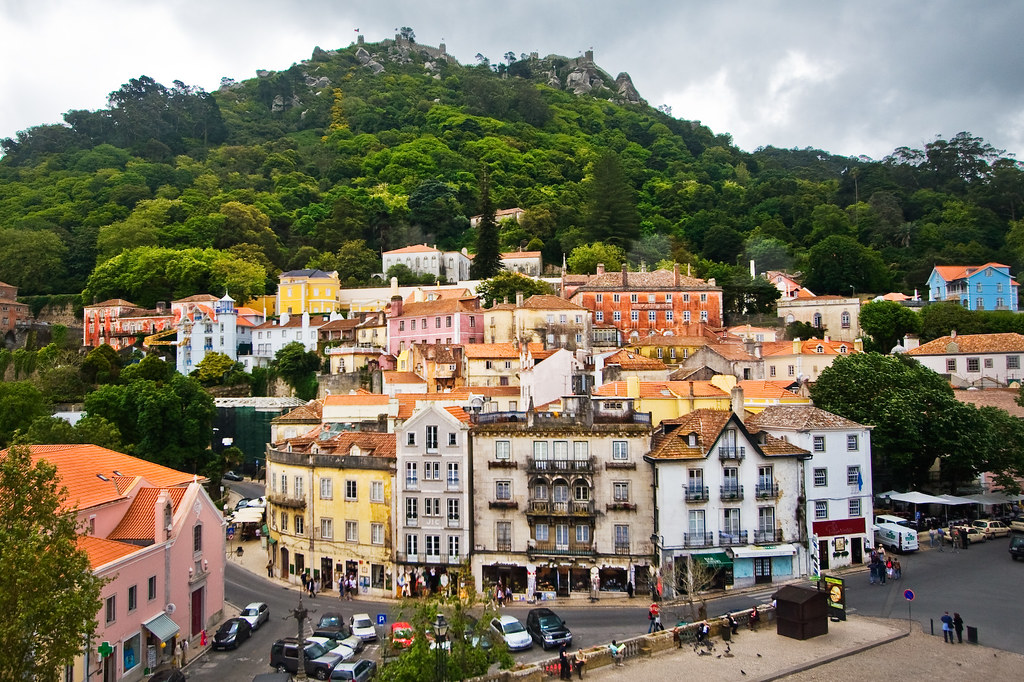
Lisbon is a perfect base for day trips to nearby attractions and other Portuguese cities. Here are a few recommendations in and around the capital city:
- Sintra: A charming town known for its palaces and castles, just a 30-minute drive from Lisbon.
- Cascais: A picturesque coastal town with beautiful beaches, about a 40-minute drive from the city.
- Óbidos: A medieval town with narrow streets and historic walls, roughly an hour’s drive from Lisbon.
- Arrábida Natural Park: A protected area with stunning coastal scenery and hiking opportunities.
Hot Tip🔥: Another great day trip is to head to Evora, so check out my guide here to explore this amazing region.
Long-Distance Drives from Lisbon

If you want to take longer road trips and experience the country roads of Portugal, consider driving to Porto, the Algarve, or even exploring the Douro Valley.
Each destination is unique, with plenty of adventure activities and stunning views.
Practical Tips for Driving in Lisbon
Let’s consider some practical factors when you’re thinking about driving in Lisbon and other major cities.
Using GPS and Navigation Tools
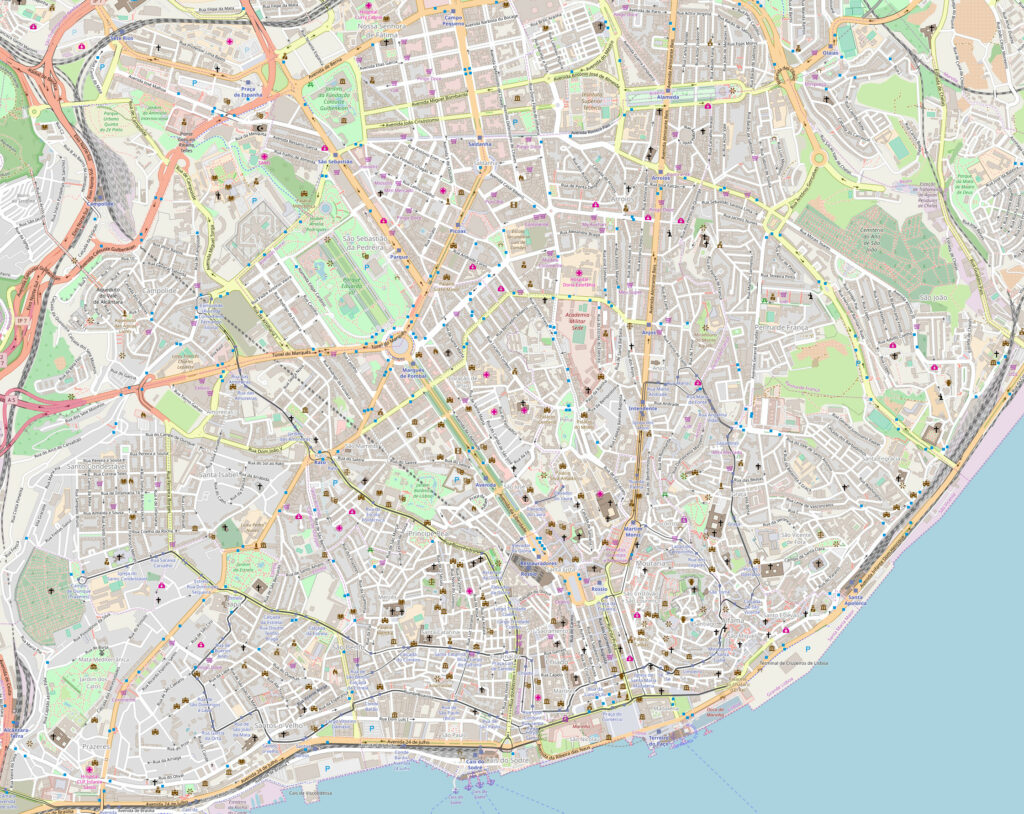
A reliable GPS or navigation app is essential for navigating Lisbon’s complex streets. Google Maps and Waze are popular choices that provide real-time traffic updates.
Ensure your navigation tool is updated to avoid new restricted areas, one-way streets, or road closures.
Understanding Portuguese Road Etiquette
Portuguese drivers can be assertive, but they generally follow the rules. Use your indicators, be courteous, and use your horn if necessary.
Dealing with Aggressive Drivers
If you encounter aggressive drivers or people with very assertive driving behaviors, it’s best to stay calm and let them pass.
Keeping to the middle lane or to the right if you can and allowing faster drivers to overtake can also help reduce tension.
If you are a nervous driver, stay calm as you abide by lane rules to avoid making any mistakes that may result in an accident and ensure safe travels as far as possible.
Alternative Transportation Options
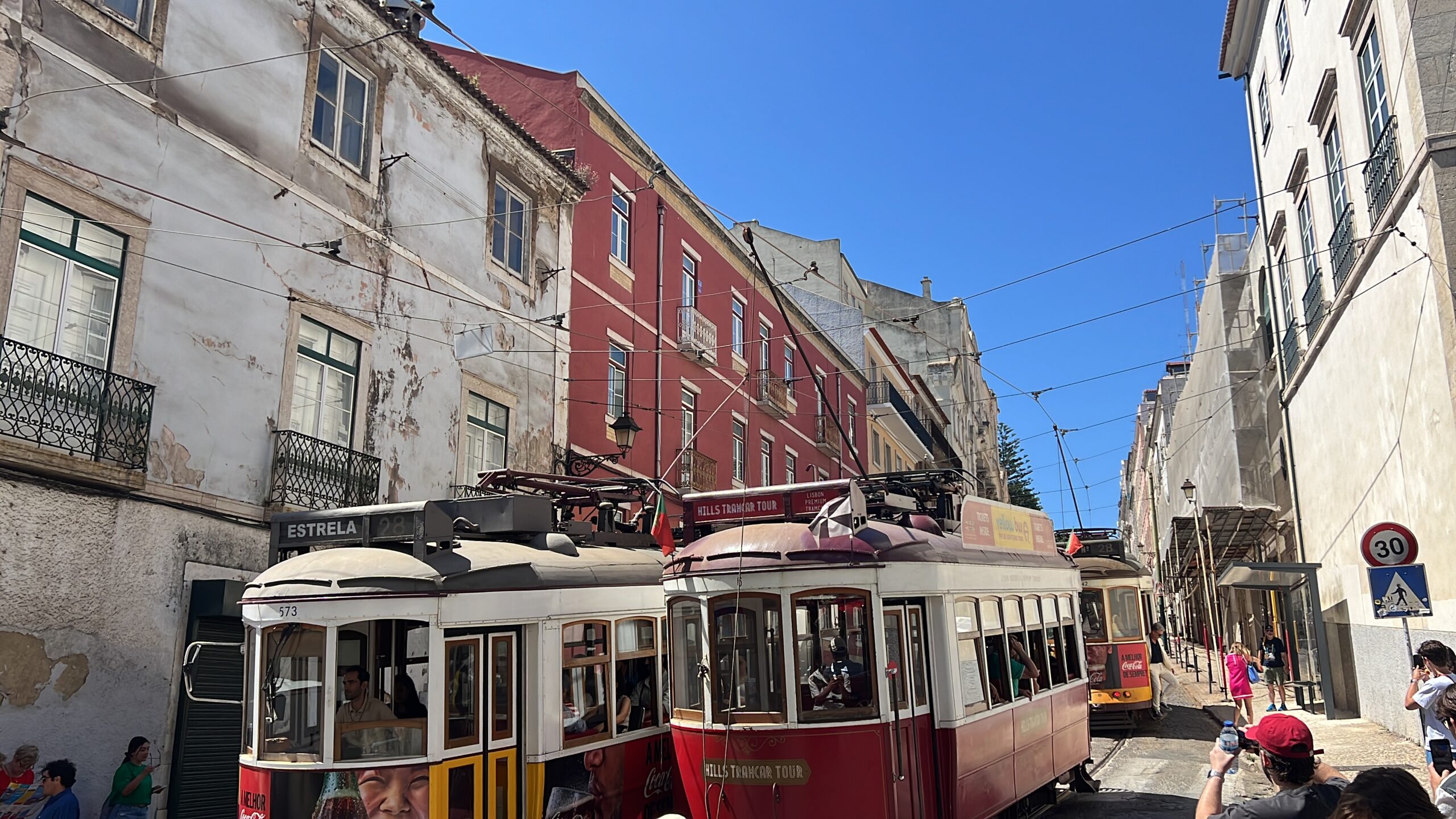
If driving in Lisbon seems daunting, consider using public transit, taxis, or ride-hailing services. Lisbon’s public transportation system is efficient and covers most of the city.
Public transit options, like buses, trams, and the metro, are excellent options for getting around Lisbon without a car.
Taxi services are plentiful, and ride-hailing services like Uber are widely available, but check the fare before starting your trip.
Navigating Lisbon’s Road Challenges
Like in most larger towns, you may encounter certain challenges. Being aware of them can make your journey more pleasant.
Narrow Streets and Alleyways
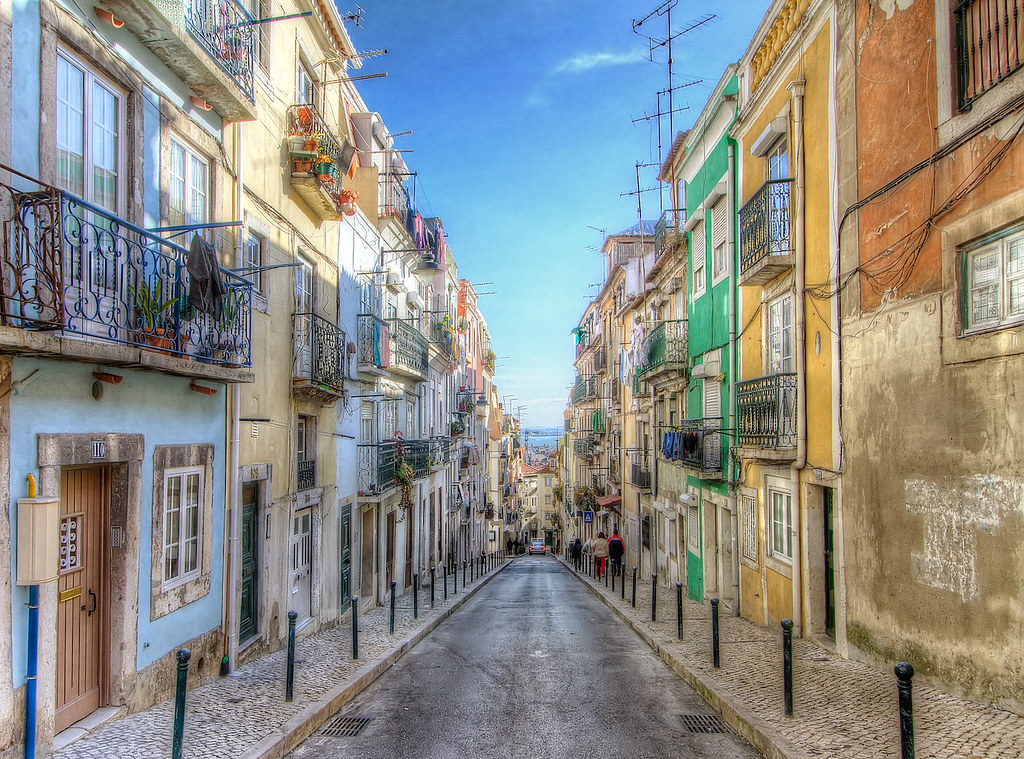
Many of Lisbon’s medieval streets are narrow and winding. Drive cautiously and be prepared to navigate tight spaces and blind bends.
Consider renting smaller cars for easier maneuvering in the Portuguese capital when making travel plans,
Road Construction and Detours
Road construction is common in Lisbon and many other urban centers in Portugal and can result in detours. Monitor local news and use navigation apps to find alternative routes.
Be prepared for sudden changes and plan for extra travel time. Driving around the city as a tourist shouldn’t be too much of an issue, but commuting to work as a resident is a different story.
Toll Roads and Expressways
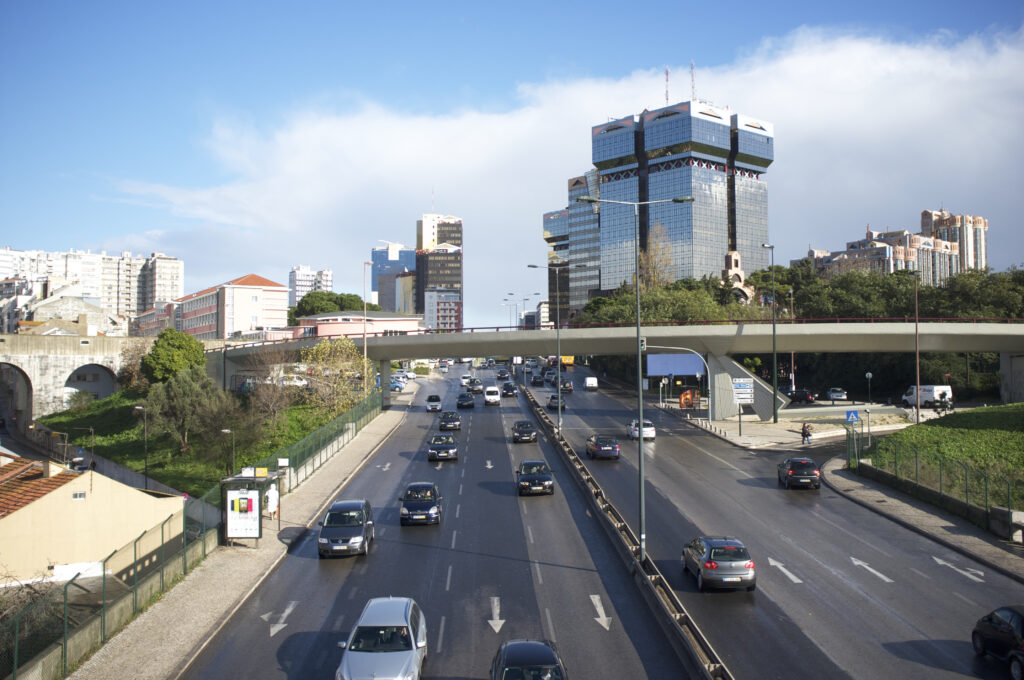
Portugal has an extensive network of toll roads. Some tolls are electronic, while others require manual payment at more traditional toll booths.
Familiarize yourself with the different systems for toll payments and know which booth to go into.
This helps you avoid potential toll-related hassles like being charged for the entire motorway stretch for using Via Verde incorrectly.
Toll roads can save time, but be prepared for the extra cost.
How to Pay Tolls
You can pay tolls using cash, their automatic credit card system, or electronic toll devices like the Via Verde toll transponder.
Many of these electronic transponder devices can pay automatically – check your credit card statement – or allow you to pay your tolls later at a post office.
You can also buy a prepaid or 3-day unlimited-use card online. Check with your rental agency regarding their recommended way to deal with Portugal tolls.
If you are driving foreign-registered vehicles, a card and cash might be your easiest option.
Understand the payment method before entering a toll road to avoid fines, and have a couple of payment options in case one fails.
Expressways Around Lisbon
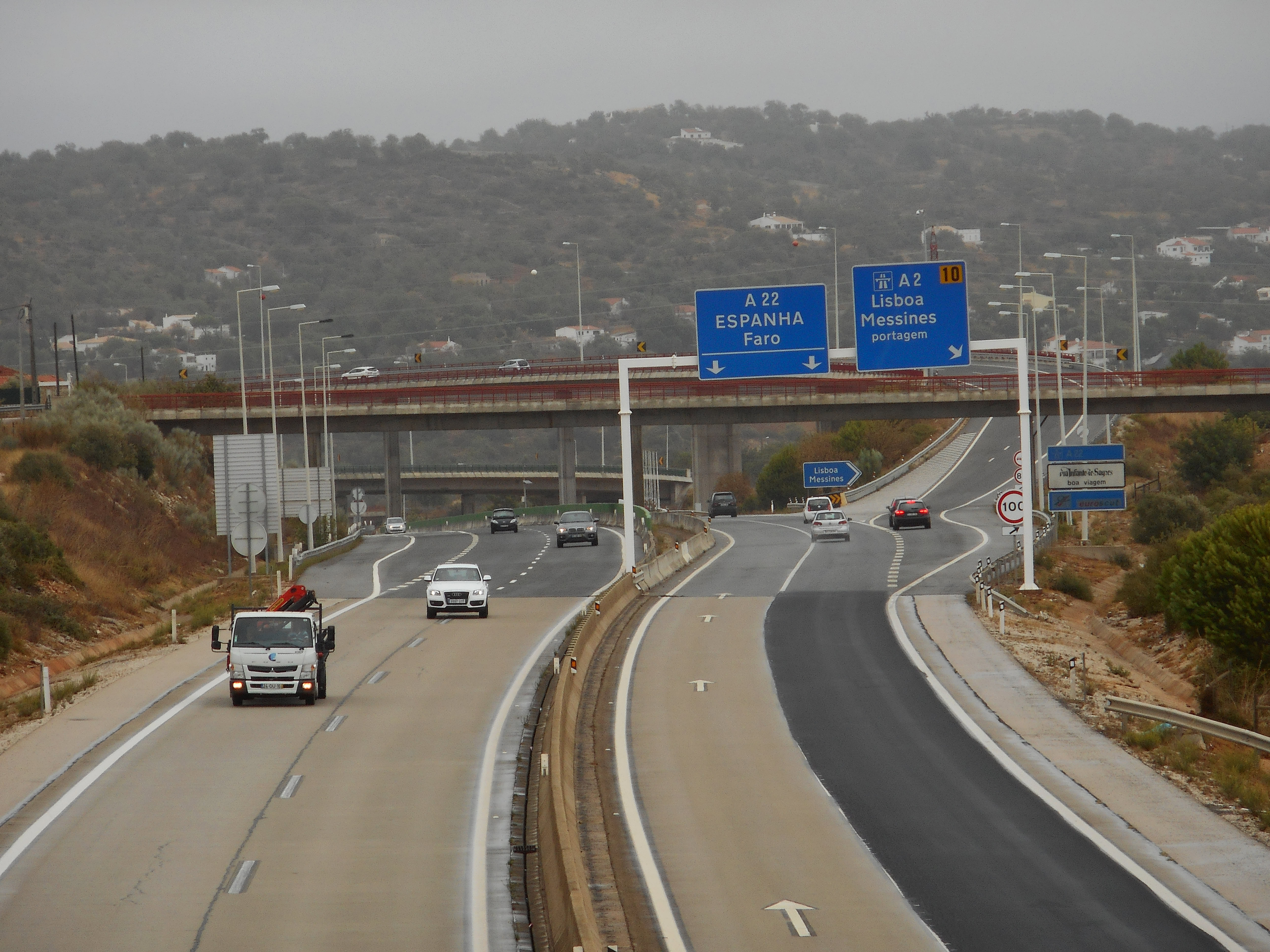
Expressways such as the A1, A2, and A5 connect Lisbon to other major cities and regions. They are well-maintained and provide a fast way to travel longer distances.
Be aware of high-speed traffic and always stay in your lane unless overtaking. Also, be careful when approaching city entrance and exit lanes, as the road dynamics can get complicated.
Wrap-up
Driving in Lisbon can be an exciting and rewarding experience, allowing you to explore the city and its surroundings at your own pace.
I’ve found Portuguese driving chaotic but not impossible. With some preparation and an understanding of local driving customs, you’ll be well-equipped to navigate Lisbon’s roads confidently.
If you want more information on safe travel using public transportation, what to see in historic centers, some of the best Lisbon restaurants, or even details on parking options, please check out my other articles.

